Advertiser Disclosure: noworkalltravel.com earns an affiliate commission for anyone making a purchase through some links available on this website. This compensation may impact how and where links appear on this site. For more information, please visit the Advertising and Privacy Policy page.
22 years ago, I participated in a summer homestay program in Kanazawa, Japan. That unique visit, my first to Asia, catalyzed my enthusiasm for learning about — and eating around — the region, with an emphasis on Japanese history, folklore, and food.
In all honesty, I wasn’t familiar with Kanazawa before the homestay experience. Fortunately, much like Kyoto, Kanazawa wasn’t bombed during World War II, allowing it to preserve its bygone neighborhoods where samurai roamed and geisha entertained. Not to mention, it is home to one of Japan’s most famous gardens, Kenrokuen, best known for its stone lantern overlooking Kasumi Pond:
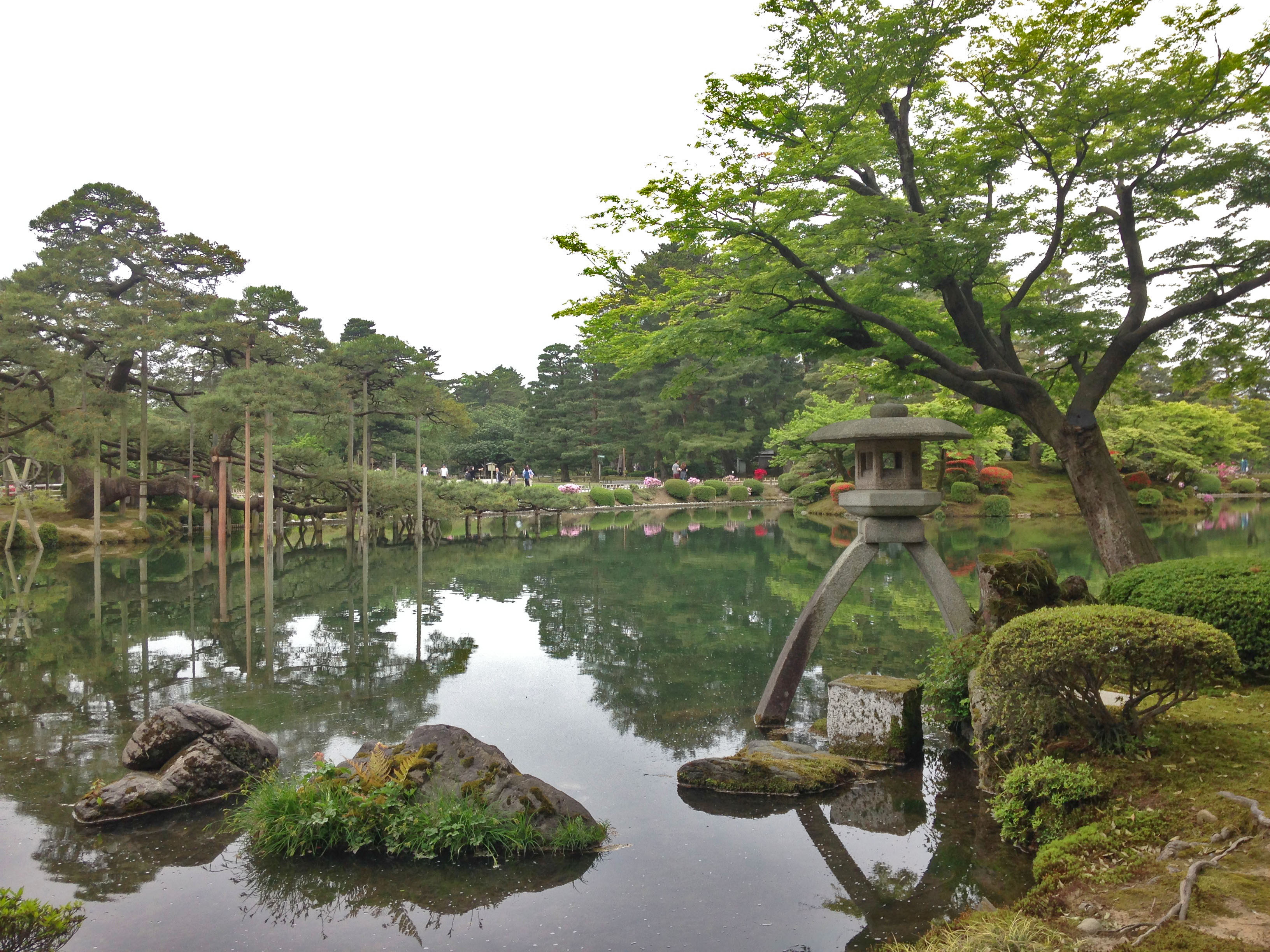
You see, for the first time in 22 years, I’ve been back visiting Kanazawa. It’s a fun place, with plenty of dining, shopping, and historical attractions, but I wanted to explore more of Ishikawa prefecture (for simplicity’s sake, let’s say a prefecture is similar to a state or province). The Japanese train system, however excellent it may be, only gets you so far; that’s why I’m glad to have discovered Kanazawa Adventures tour company.
Founded in the late 2010s, Kanazawa Adventures provides top-class bus tours throughout the Hokuriku region; that encompasses Ishikawa prefecture, as well as neighboring Toyama and Fukui prefectures.
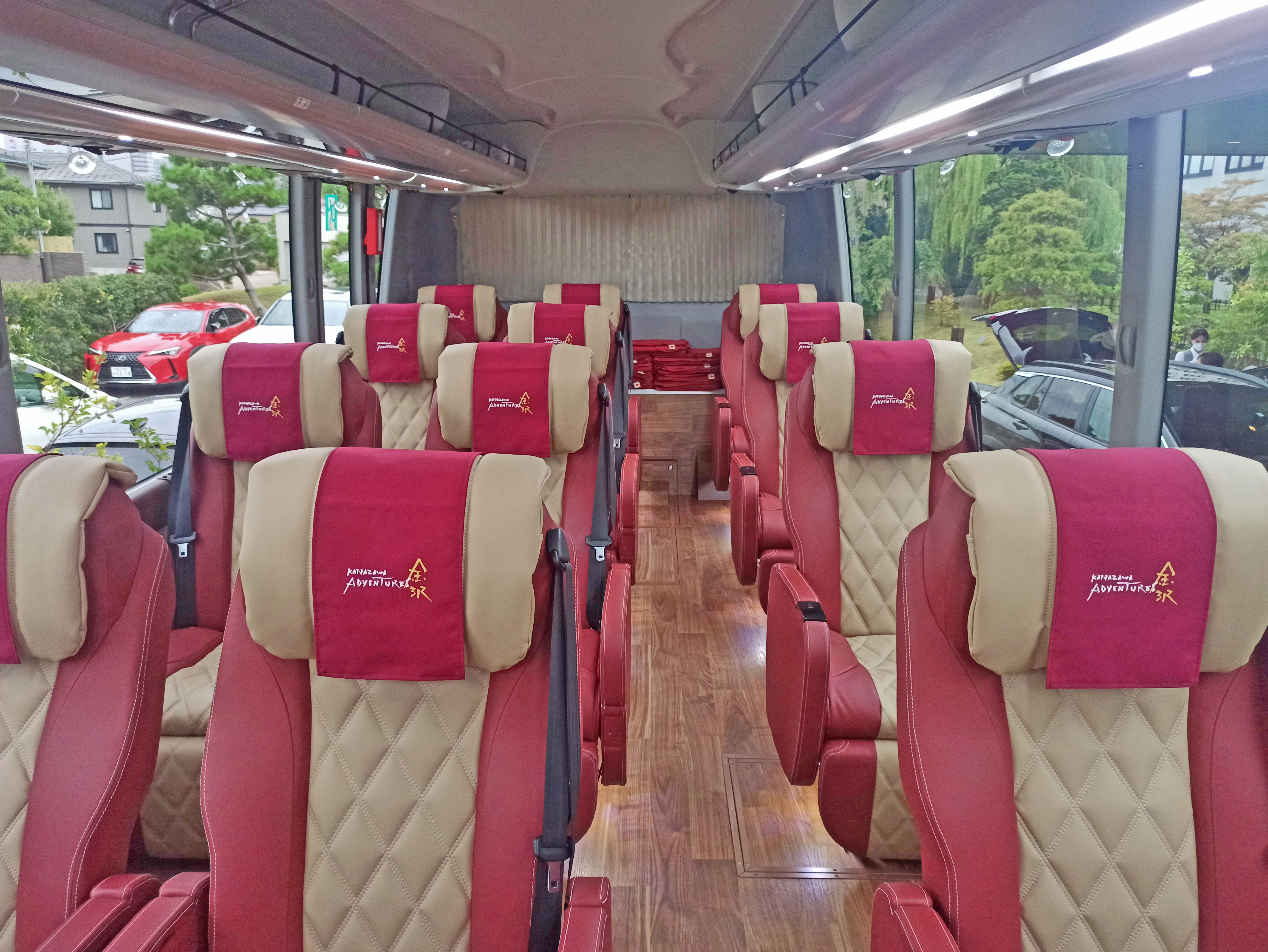
You can also privately charter a bus to go just about anywhere a Japanese road will take you; I only mention this because I’d be curious about a gradual road trip from Hokkaido down to Kagoshima, ironically picking up ekiben along the way.
But, since that saga is not happening anytime soon, I will share some highlights from the three tours in which I joined: Kanazawa city, Kaga, and Noto peninsula.
For the Kanazawa city tour, in addition to the aforementioned Kenrokuen, you also visit Higashichaya geisha district, and if you’re so inclined, the 21st Century Museum of Contemporary Art (not pictured).

Higashichaya was an Edo era (1603-1868) neighborhood where geisha would entertain wealthy patrons and weary travelers. You might even see some residents or visitors dressed to the nines in Edo era garb.
—
The Kaga tour will take you about an hour and 15 minutes south of Kanazawa, to a couple of highlights.
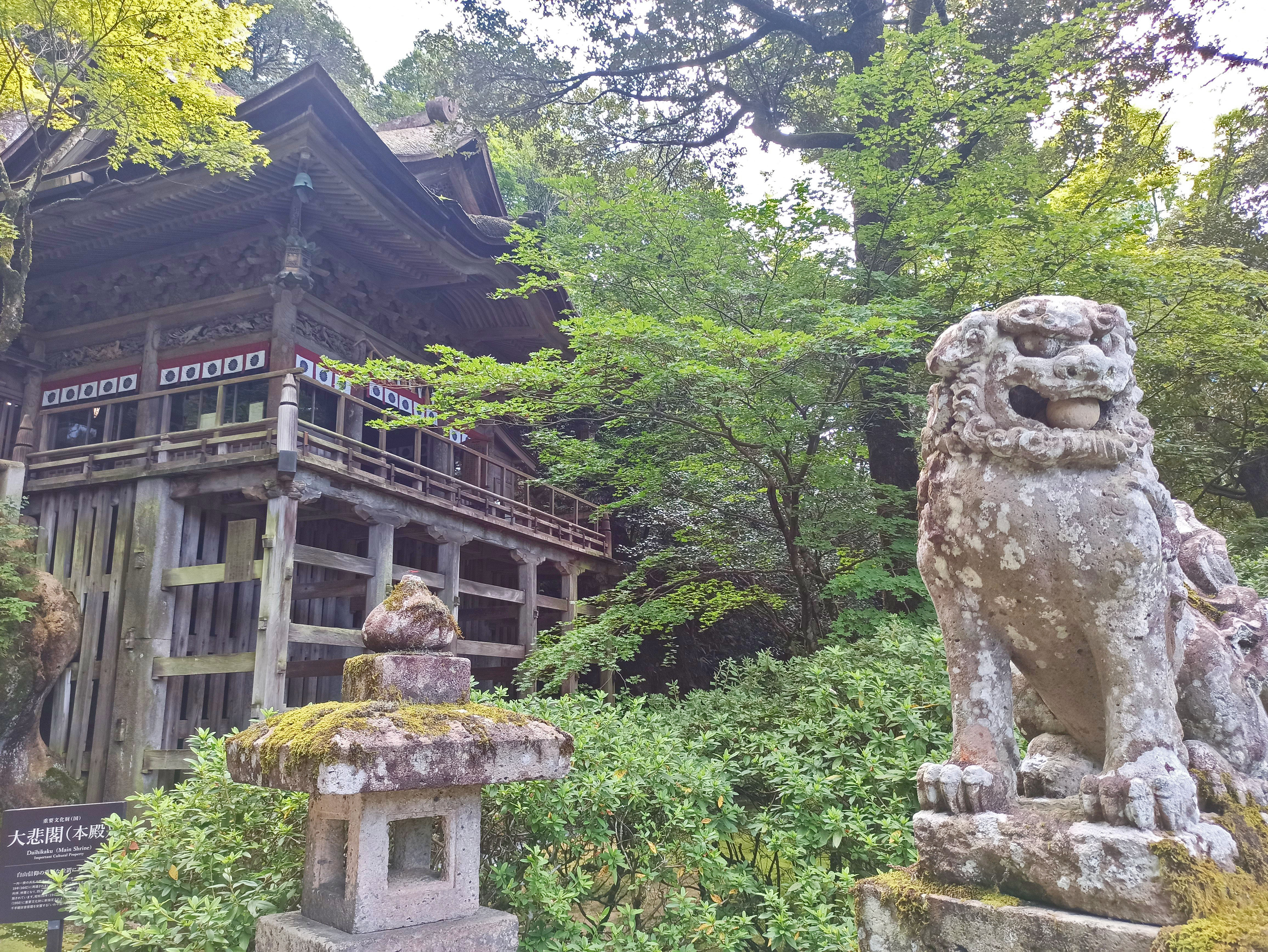
Natadera is a Buddhist temple founded in 717 and dedicated to Kannon, a goddess of mercy. What was particularly striking to me was the abundance of moss crawling up tree roots and stone lanterns, adding an extra level of bucolic tranquility to the visit.

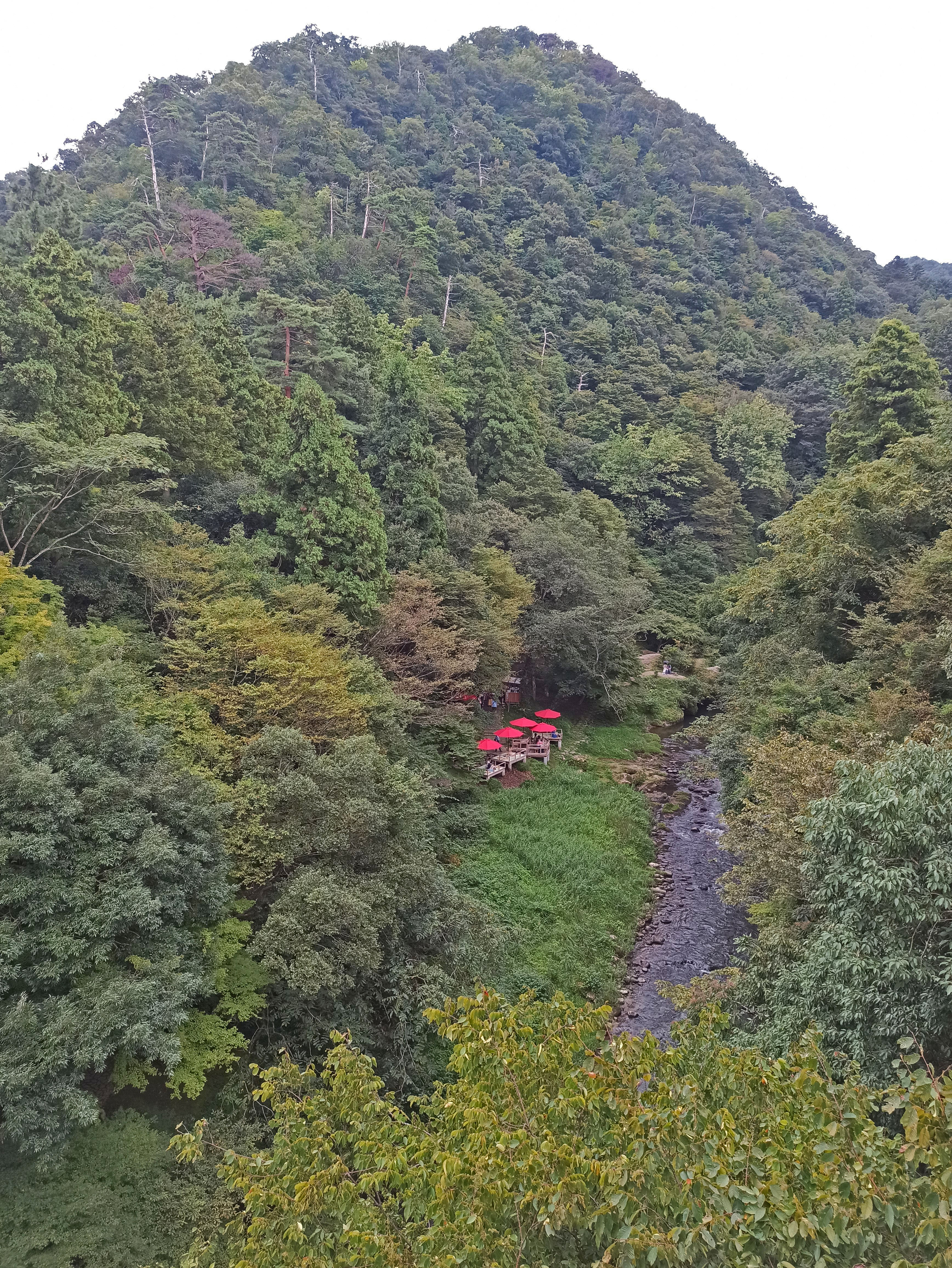
Yamanaka Onsen is a hot springs town established more than 1300 years ago, celebrated equally for its mineral waters and its lacquerware. I’m most definitely not into hot springs, but I did enjoyed weaving through the leafy paths by the rivers and brooks. Still, you would have enough time to check out the onsen and grab a quick bite, too.
And how could I have forgotten to mention the Kaga cuisine?
In between those two delightful spots, lunch was greatly enjoyed at a place in Kaga city called Yamamotoya, which specializes in seafood, and when the season is right, local crab. It was a multi-course feast, replete with soup, fresh sashimi, tempura, and a few other goodies. Why not take a bite into this pair of photos?
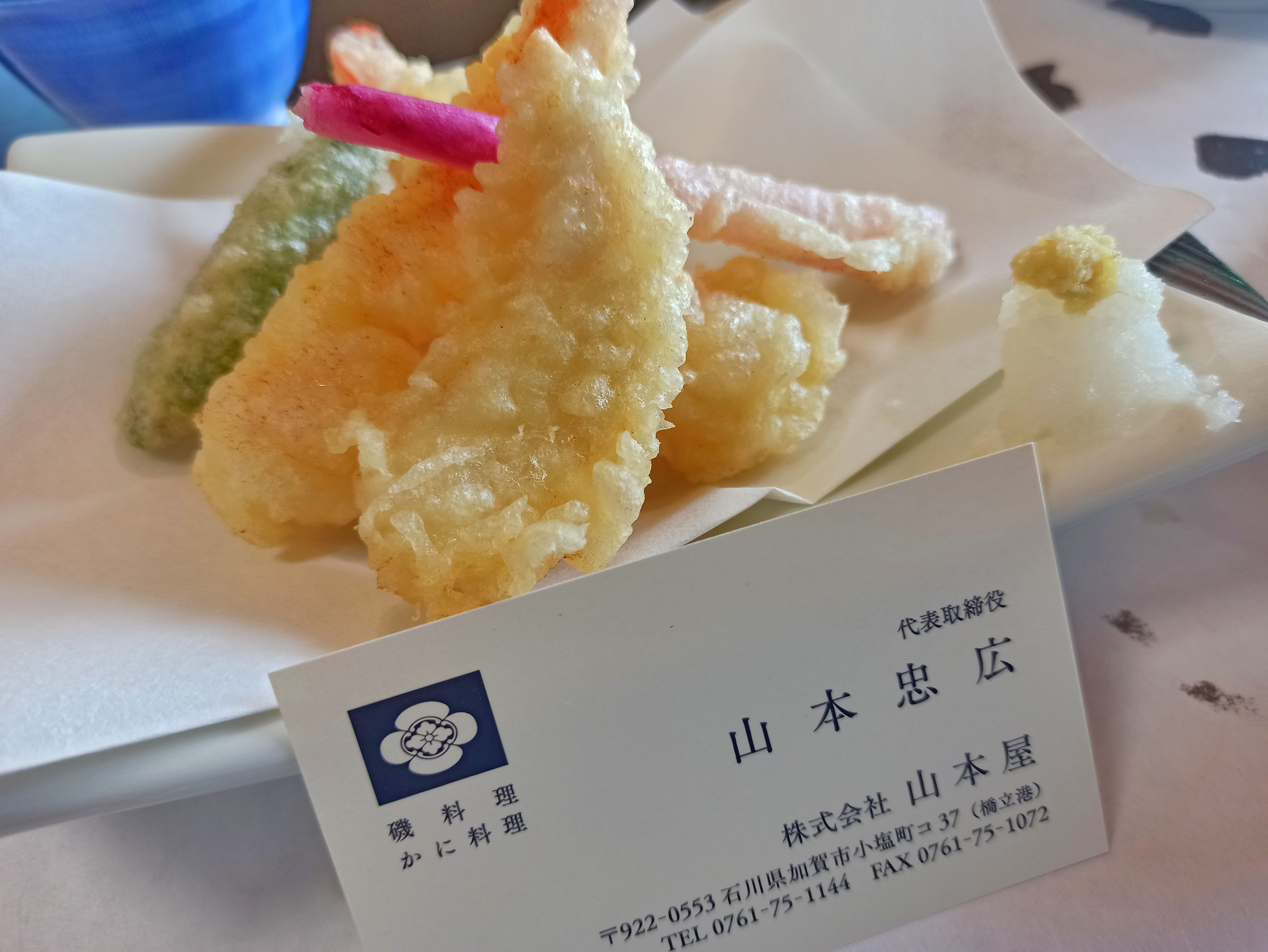
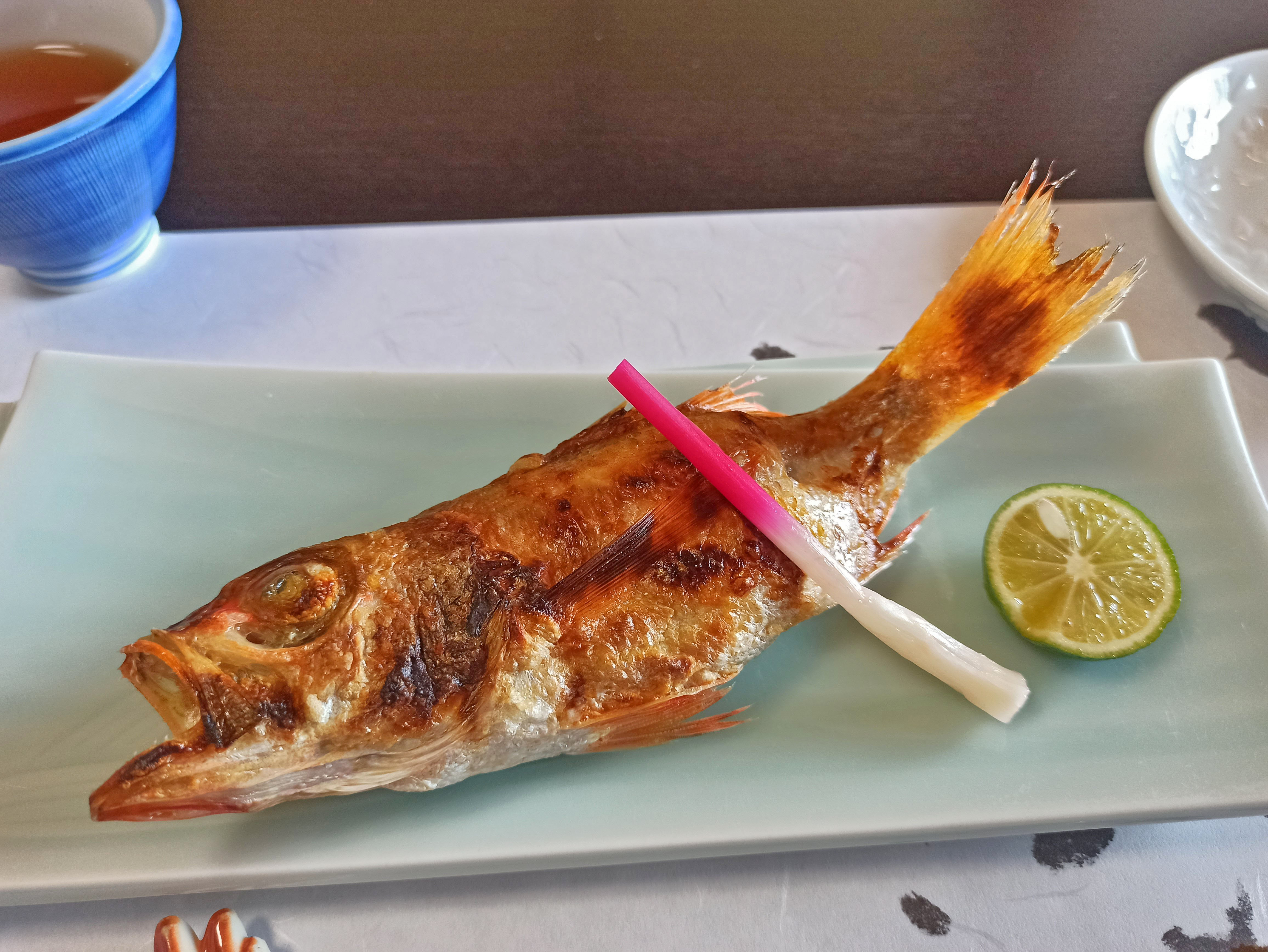
—
Finally, we have the Noto peninsula tour. The day starts off with a visit to Wajima morning market (in Japanese, 朝市 asa-ichi), a brief stop at the Senmaida rice terraces, followed by an exquisite meal at the 1-Michelin star L’Atelier de NOTO, a short walk around the Kongo coast, and to finish off the busy yet eventful day, a ride along Chirihama Beach … yes, it’s a “highway” made of sand!
To start off, Wajima Asaichi, which occurs daily from 08:00 to 12:00, has supposedly been in operation for more than 1000 years. Although I stupidly forgot to take photos of the market, it’s really not so different from other similar venues; yes, some foodstuffs will vary, but the layout is all about booths and boisterousness.
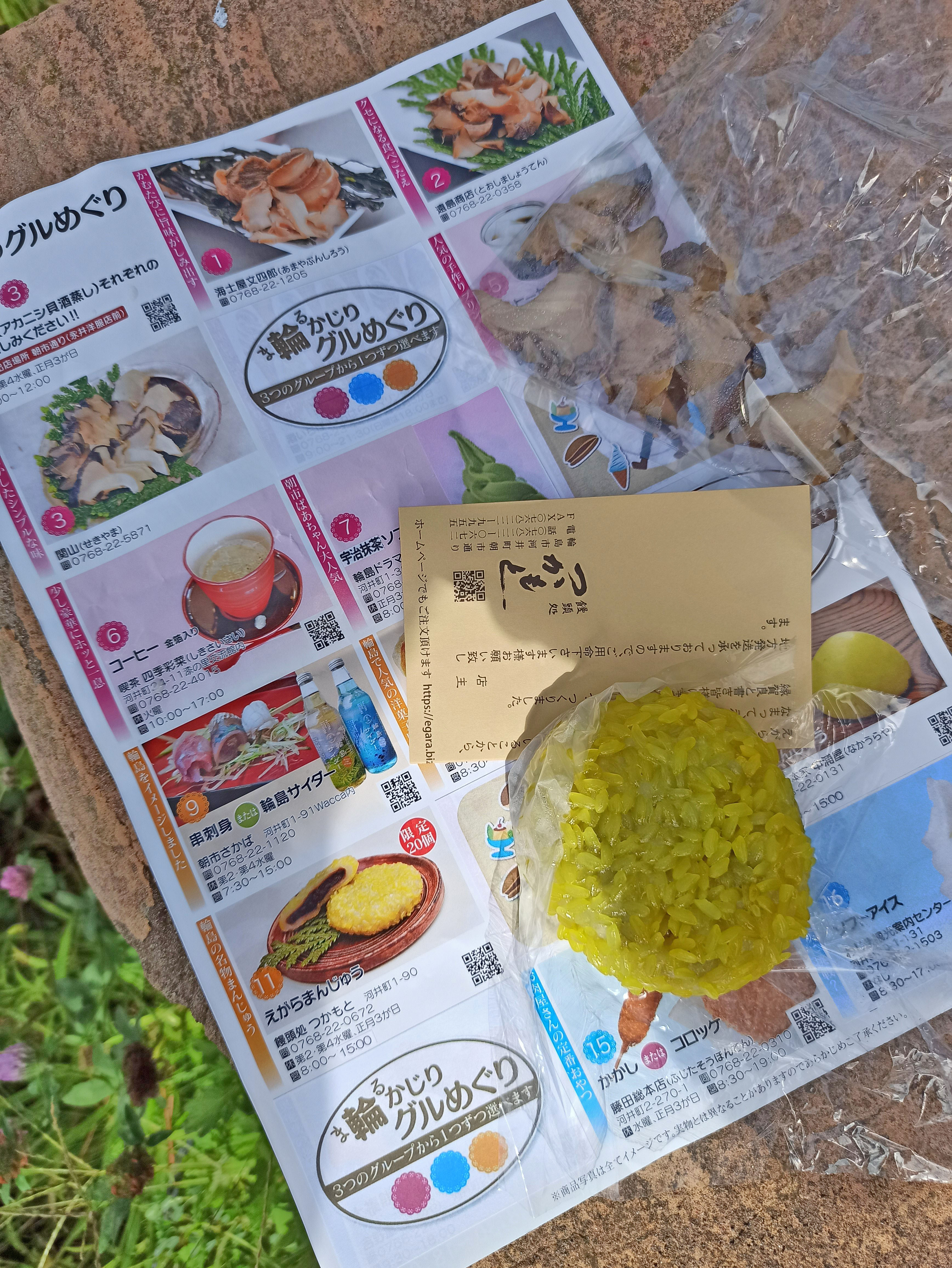
To make up for that, I did get a photo of the “snack map” that Kanazawa Adventures prepared for its guests. Basically, you get three vouchers to exchange for locally famous nibbles; pictured above, I tried some turban shells, called sazae, and a chewy sweetened rice cake.
Curious about unique Japanese snacks? Click here to discover the most popular Japanese snacks with TokyoTreat!

Just north of Wajima city are the Shiroyone Senmaida rice terraces; if you visit in the fall, you might get to see the terraces lit up. Interestingly, given the harsh terrain, each plot of rice has a sponsor from people or businesses throughout Japan.
Oof, all of that rice is making me hungry for … French food. Enter, L’Atelier de Noto.
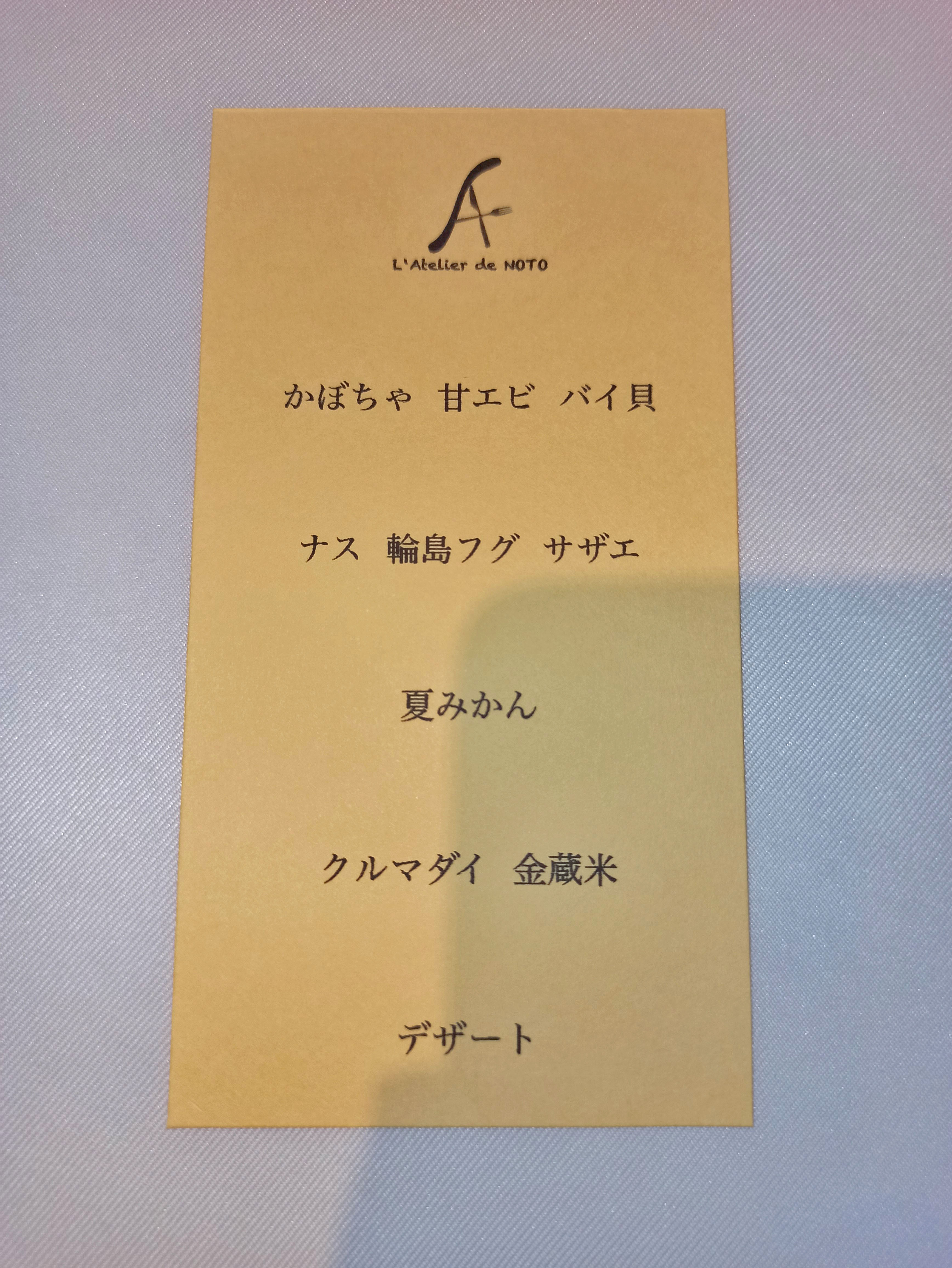
Clean and minimalist, L’Atelier de Noto fuses Noto cuisine with a Wajima-born chef who trained in both France and Japan. Translation? Beautiful presentations, a cacophony of flavors and textures in each bite, and very good service, to boot.
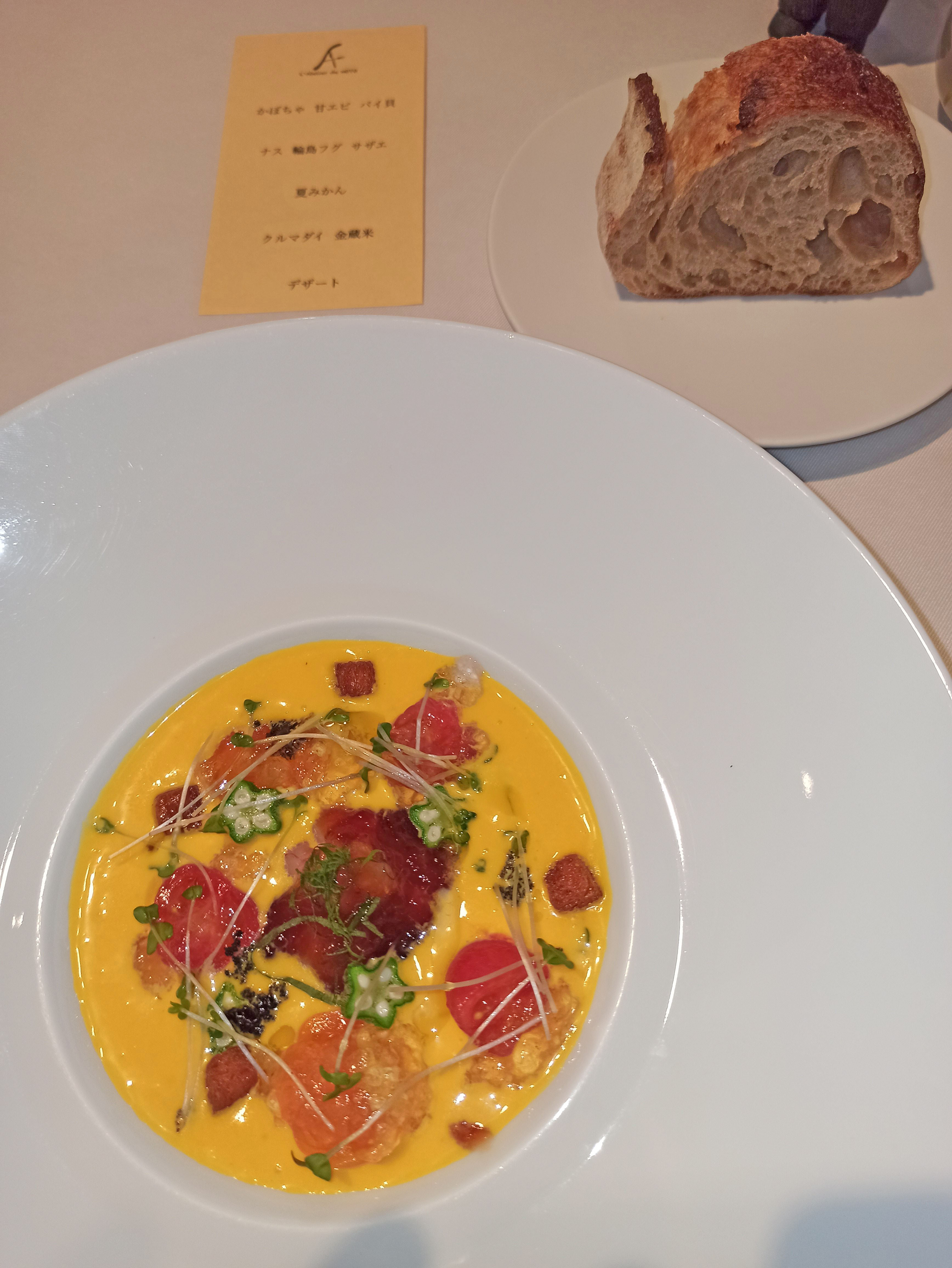

Undoubtedly, you will eat well when on an all-day tour with Kanazawa Adventures.
Right after the meal, we started heading south to Kanazawa again. Of course, there were a couple of stops before going back to the big city.
The first, Ganmon Rock, along the rugged western Kongou coastline. Ganmon, which means “door/gate rock” in Japanese, does indeed resemble an archway to the open sea:
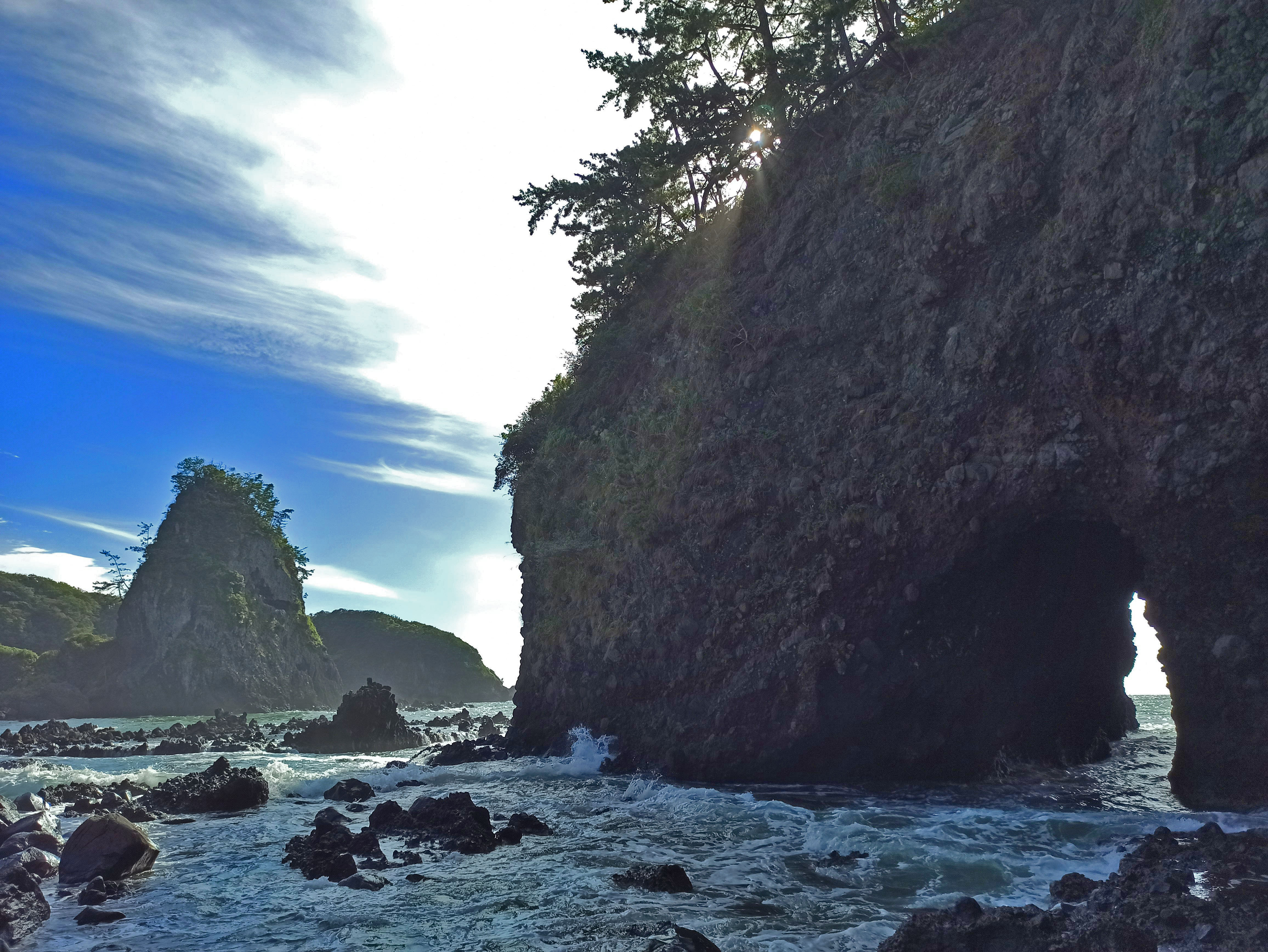
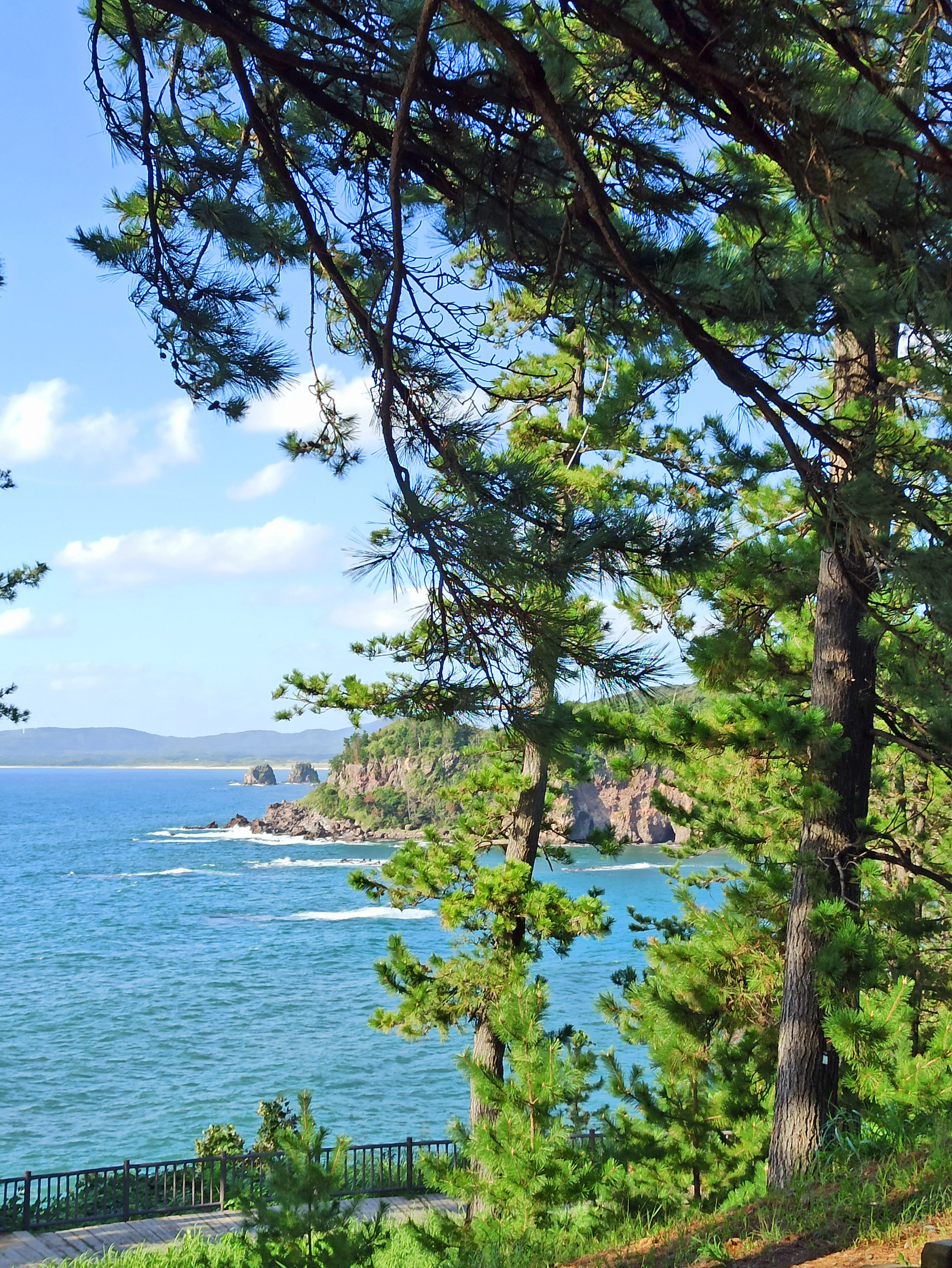
From the Kongou Coast, the last stop is Chirihama Beach, for a sandy ride into sunset.
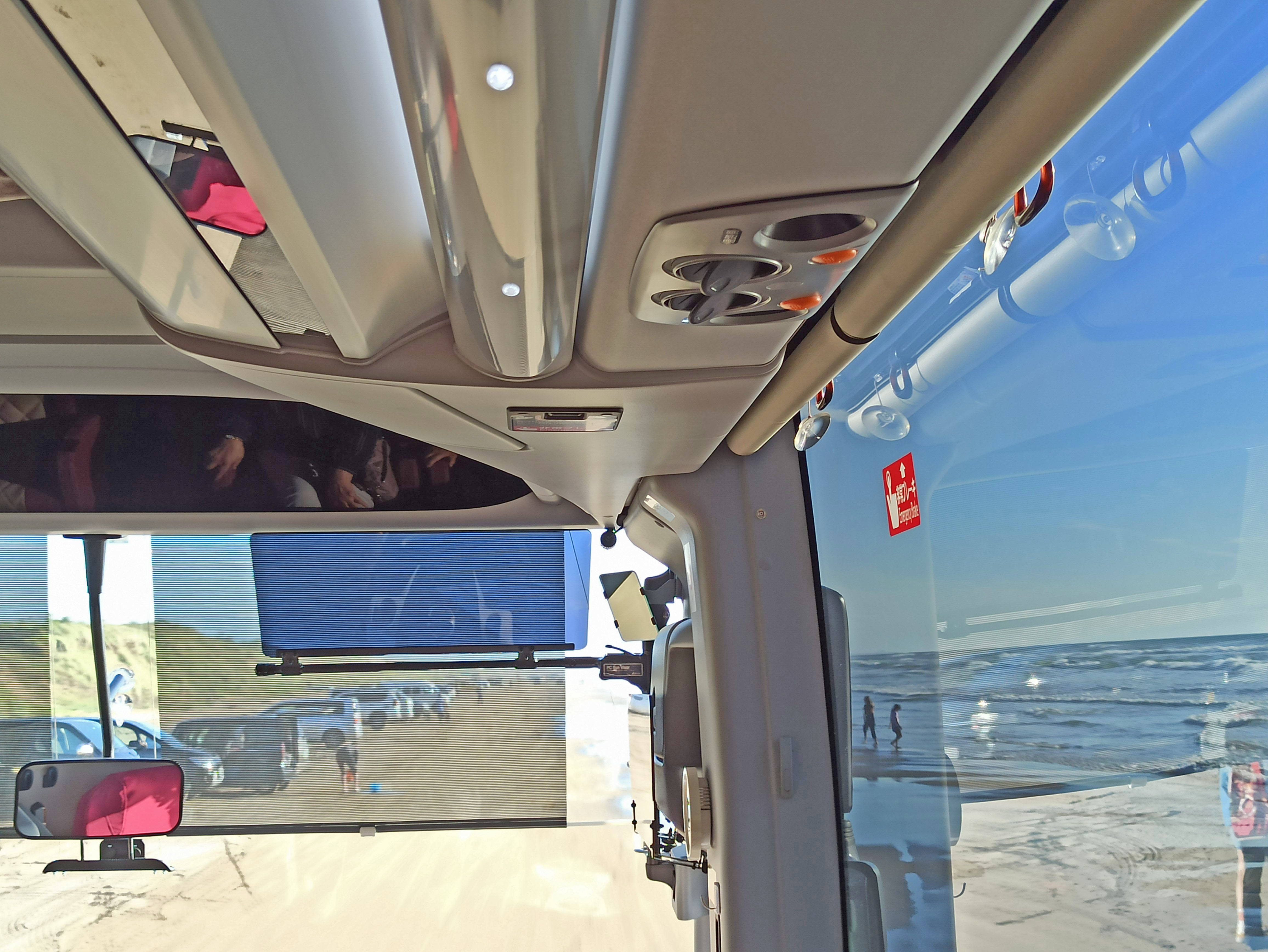
If you’re looking for a professional tour company that assist in transportation while simultaneously giving you the freedom to explore key places on your own, look no further than Kanazawa Adventures.

Leave a Reply